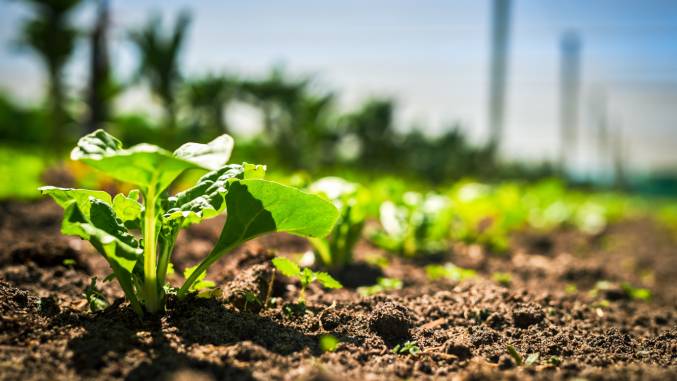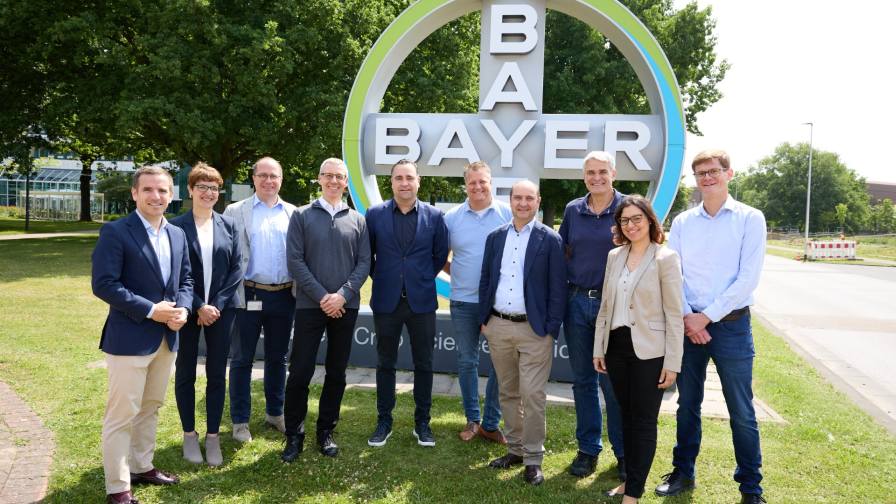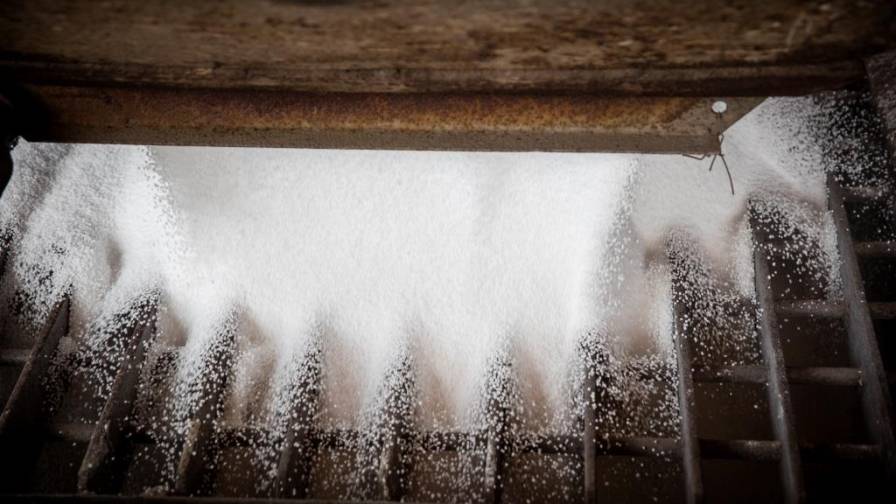R&D And Biotech Fuel India’s Ag Revolution
If there’s room for agrochemical growth anywhere in the world, it’s in India. The country has about 17% of cultivated crop area, and yet it makes up only 3% of global pesticide consumption. As much as 80% of India’s cropland — consisting mostly of smaller farms — is not regularly treated with agrochemicals. Rising income levels and increased consumption in the country offer attractive opportunities for agrochemicals; and, with cropland expanding and more growers taking on the most modern crop protection tools and biotech seeds, India is growing as an agrochemical market — as well as one of the world’s largest agrochemical suppliers.
R&D Fuels Ag
India’s ag market is valued at over US $197 billion, and investors like Bayer CropScience AG are taking notice. Bayer plans to expand its bioscience and plant biotechnology research facility in Hyderabad — already one of its largest globally — as well as set up another seed and plant biotechnology development facility in Hyderabad, and modernize its manufacturing unit in Vapi and Ankaleshwar in Gujarat. Bayer AG has also applied to register in India most of the 10 crop protection compounds that it expects to launch worldwide by 2012.
DuPont India recently opened the first research facility at the DuPont Knowledge Center (DKC) in Hyderabad. The Biotech Research Center — DuPont’s first integrated agriculture and industrial biotechnology research center for DuPont outside the US — will focus on bringing new crop genetics to the market faster, as well as biofuels and biomaterials for global markets. The DKC’s other research facilities will be added in phases; the complete DuPont Knowledge Center — which will employ an estimated total of 600 scientists and engineers across all disciplines once it is fully functional — is expected to be formally inaugurated by the end of 2008.
DuPont considers the DKC very important to its global R&D and innovation strategy, particularly in the new scientific disciplines of biotechnology, bioengineering, bioinformatics, nanotechnology, and other emerging sciences. Balvinder Kalsi, President and CEO, DuPont India, said: “I expect the DuPont Knowledge Center to be a global Center of Excellence for DuPont.”
Raw Material Shortages
From May to August of this year, India suffered from a raw material shortage. Heranba Industries Ltd.’s Zenobia Shettigar said that the company lost as much as 40% of its business during that time. However, she adds, “The question of a raw material shortage is no longer valid, as currently all raw materials are plentifully available either within India or China at much reduced prices. So, the problem has ended for the time being.”
Great Expectations
According to Meghmani Organics, Ltd., “The Indian agriculture industry is on the brink of a revolution that will modernize the entire food chain, as the total food production in India is likely to double in the next ten years. This throws up tremendous opportunities in all areas, including crops, introduction of new agrochemical products, and also expanding geographical boundaries by way of exports,” says Meghmani. “Agriculture in Africa today is where Indian agriculture was a decade ago, and represents vast opportunities for the Indian agrochemical industry.”
Shettigar is less definite about the 2009 Indian market scene: “It is very difficult to predict, as India’s agriculture season predominantly is dependent on the monsoon.
Other industry leaders in the country are also temperate about next season. “The Indian industry is expanding on a moderate scale,” says one source. Finding more acreage for cultivation should prove to be difficult in the future, so stress will fall on maximum output per acre. As the Indian population grows, however, agrochemical products will remain important.
As for exports, according to Shettigar, 2009 “look[s] a little dull, since in many places like China, the season has not been good due to no pest attacks — and distributors are carrying lot of pipeline stocks, so until these are liquidated, they will not buy.”
She adds that overseas buyers generally “look to India to buy all the synthetic pyrethroids like cypermethrin, deltamethrin, permethrin, and alphacypermethrin, because for these products, India is not only price comeptitive but also the quality is very good.” Shettigar says that buyers also like to source products such as mancozeb and chlorpyrifos from India.





